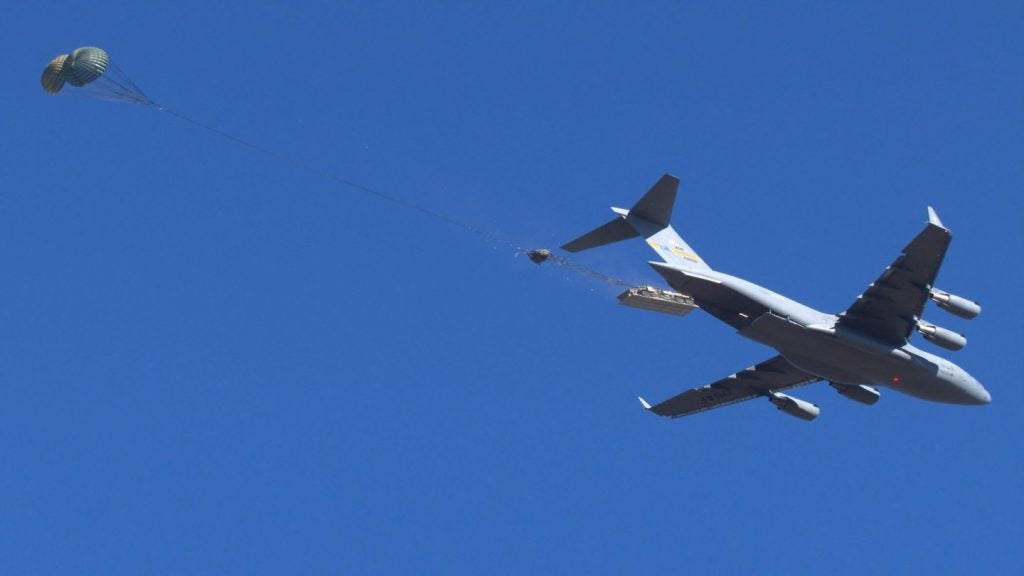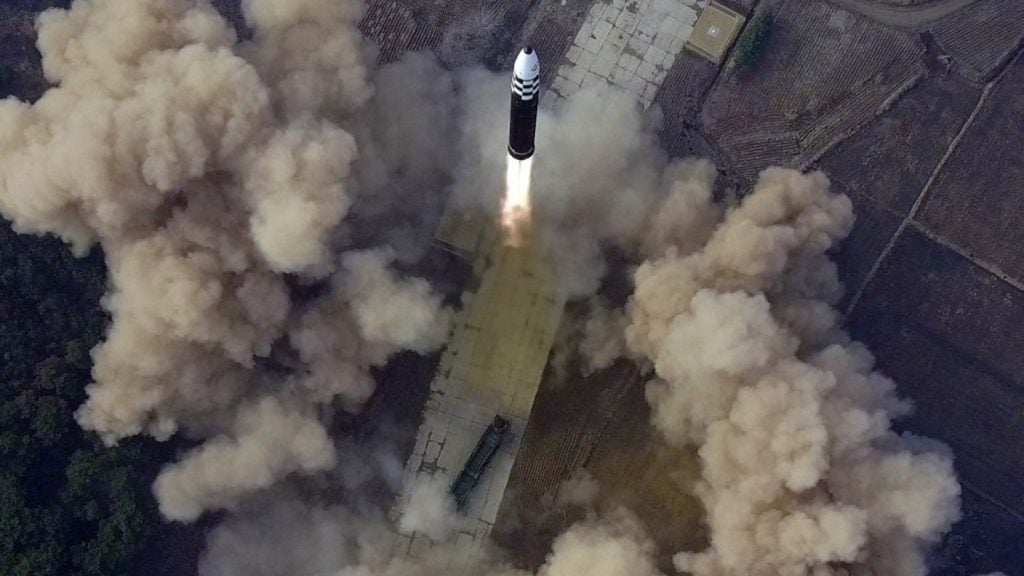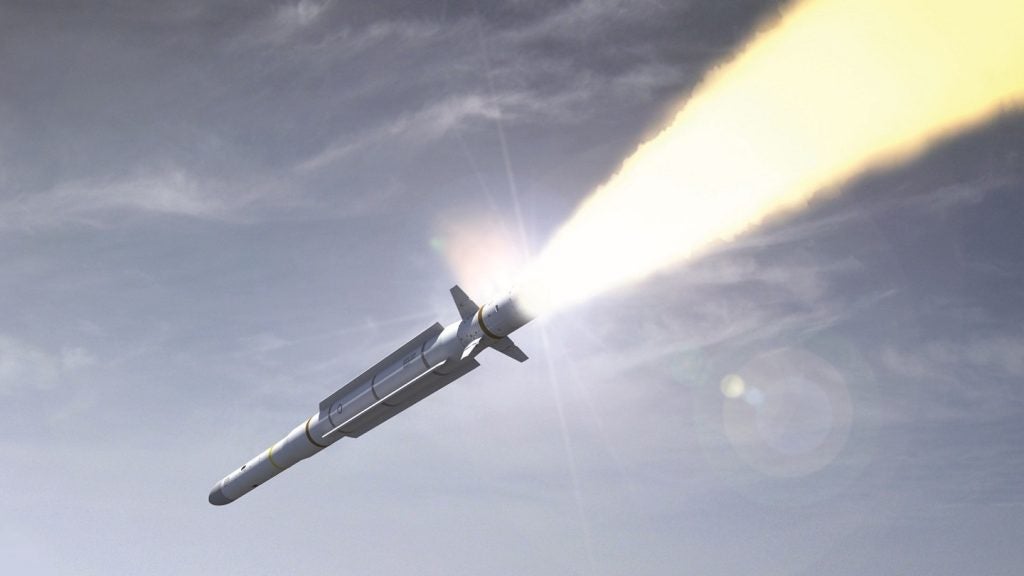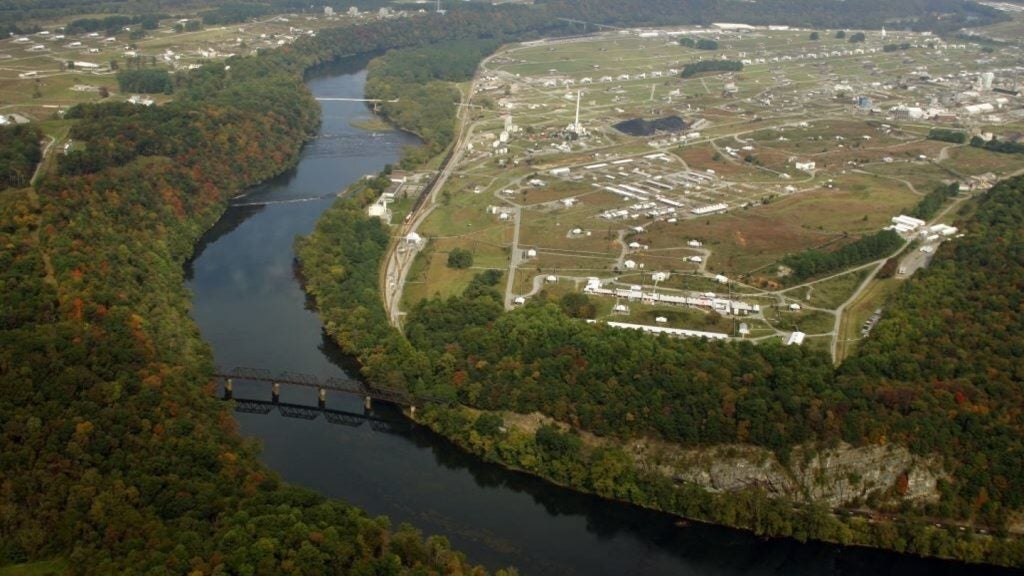
Raytheon has completed a series of laboratory tests that demonstrated the ability of the US Army’s joint land-attack cruise-missile defence elevated sensor (JLENS) radar system to integrate into the North American Aerospace Defense Command (NORAD).
Undertaken at an undisclosed location, the tests take the East Coast one step closer to being better defended against cruise missiles and drones.
Raytheon Integrated Defense Systems’ Global Integrated Sensors business area vice-president Dave Gulla said: "The lab tests proved that information from JLENS can be converted into a format that can be used by NORAD’s command and control system.
"With JLENS providing data to NORAD, our military will have a more accurate picture of what is flying in the National Capital Region’s airspace, and be able to identify slow and low-flying threats such as cruise missiles and drones."
Featuring two tethered, 74m helium-filled aerostats, JLENS is said to be an affordable, elevated and persistent over-the-horizon sensor system, designed to detect, track and engage a wide range of threats from up to 340m away.
See Also:
The aerostats can fly at altitudes of 10,000ft above sea level and remain airborne for a month, enabling commanders to better defeat hostile cruise missiles and low-flying manned and unmanned aircraft, as well as moving surface vehicles such as swarming boats, automobiles and tanks.
How well do you really know your competitors?
Access the most comprehensive Company Profiles on the market, powered by GlobalData. Save hours of research. Gain competitive edge.

Thank you!
Your download email will arrive shortly
Not ready to buy yet? Download a free sample
We are confident about the unique quality of our Company Profiles. However, we want you to make the most beneficial decision for your business, so we offer a free sample that you can download by submitting the below form
By GlobalDataDesigned to integrate with Patriot, Standard Missile 6, advanced medium-range air-to-air missiles and the national advanced surface-to-air missile system, the system also provides ascent-phase detection of tactical ballistic missiles and large-calibre rockets.
Later this year, the US military is set to strategically emplace one JLENS system at Aberdeen Proving Grounds, to help defend the National Capital Region from airborne threats.
The system will be operated by the US Army A Battery, 3rd Air Defense Artillery soldiers under the control of the NORAD-US Northern Command.
A second JLENS system currently remains in strategic reserve, with full readiness to deploy anywhere in the world at the request of combatant commanders, should they require comprehensive cruise missile defence.
Image: A JLENS aerostat prepares for launch near Orogrande gate at White Sands Missile Range, US. Photo: courtesy of John Andrew Hamilton, ATEC.








